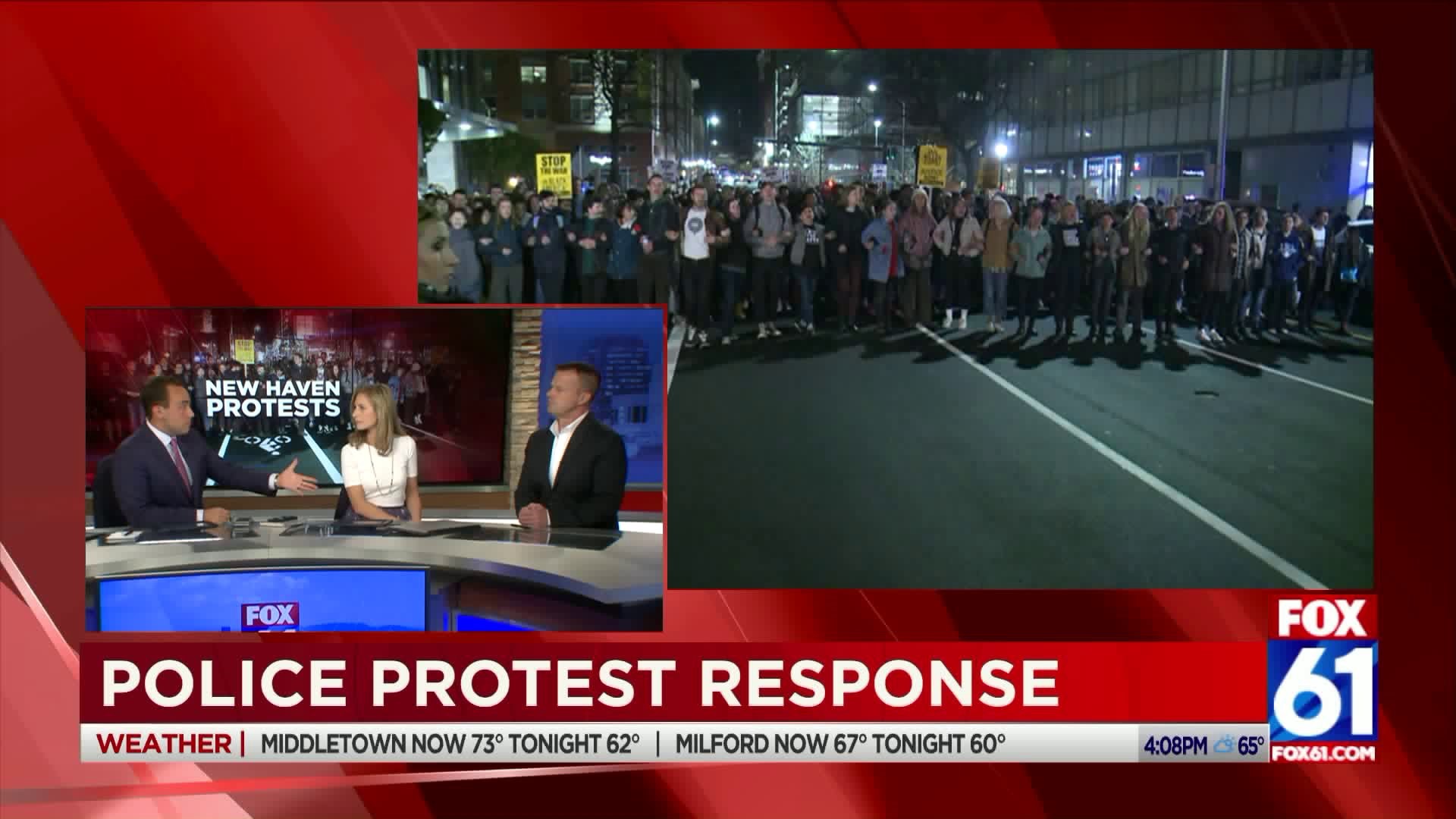In the days and weeks following a police-involved shooting, the potential exists for disorder. It becomes a police department’s job to prevent these situations from escalating. And the best way to do that, is transparency and accountability in the immediate hours after a shooting. When that transparency fails, or doesn’t meet the public’s minimum standards, things can go wrong.
The shift then turns from prevention to deescalating. And ever since Ferguson, police administrators and educators have had national examples of what to do and what not to do. A strong show of police force had been the way for the last century. But this show of force can be a self-fulfilling prophesy. Because, if you look like you want to fight, chances are, eventually, you’ll find a fight.
Peaceful protests can be effectively managed, not provoked. Lessons learned from police around the country, passive protection of protestors, calm cops, and strong planning, can prevent your city from turning into the next national crisis. Last night in New Haven, cops provided a text book example of how to not provoke a hostile crowd.
Meeting with protest organizers and initiating calm conversation, face to face, is a great start to calm a sensitive situation. So, as the state watched for a potential powder keg to go up, the protesters were provided a safe place to spread their message, unchallenged. No riots, no fires, no damage, no national news.

